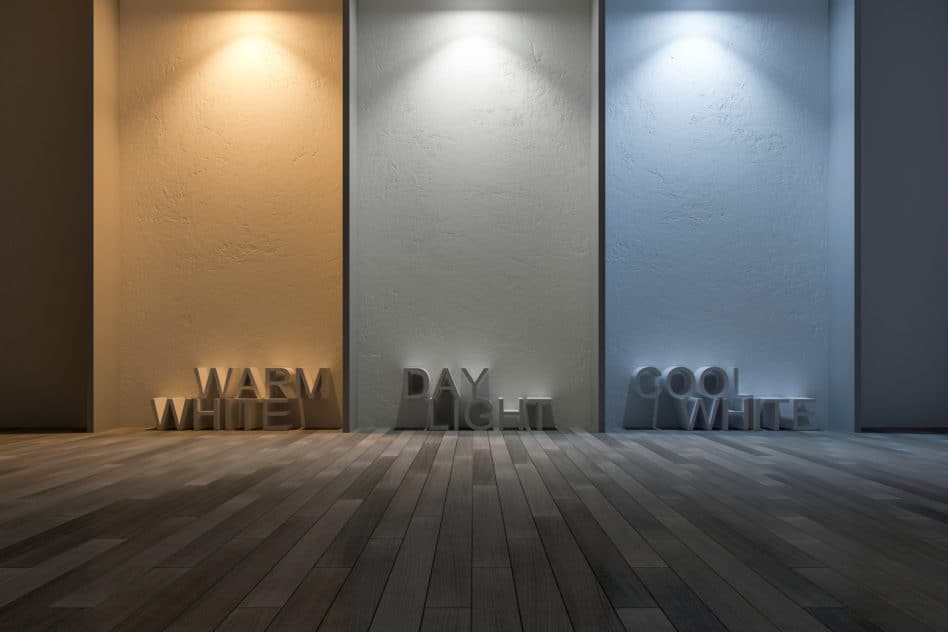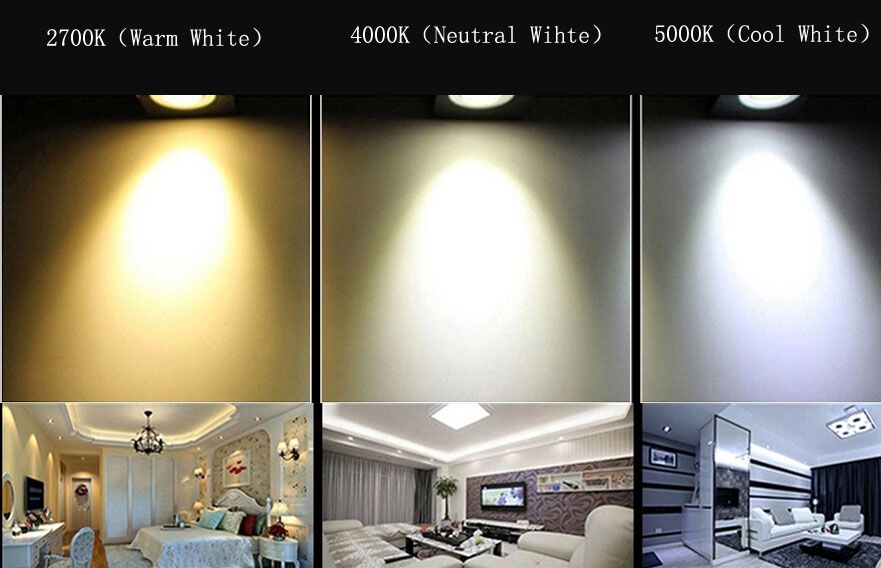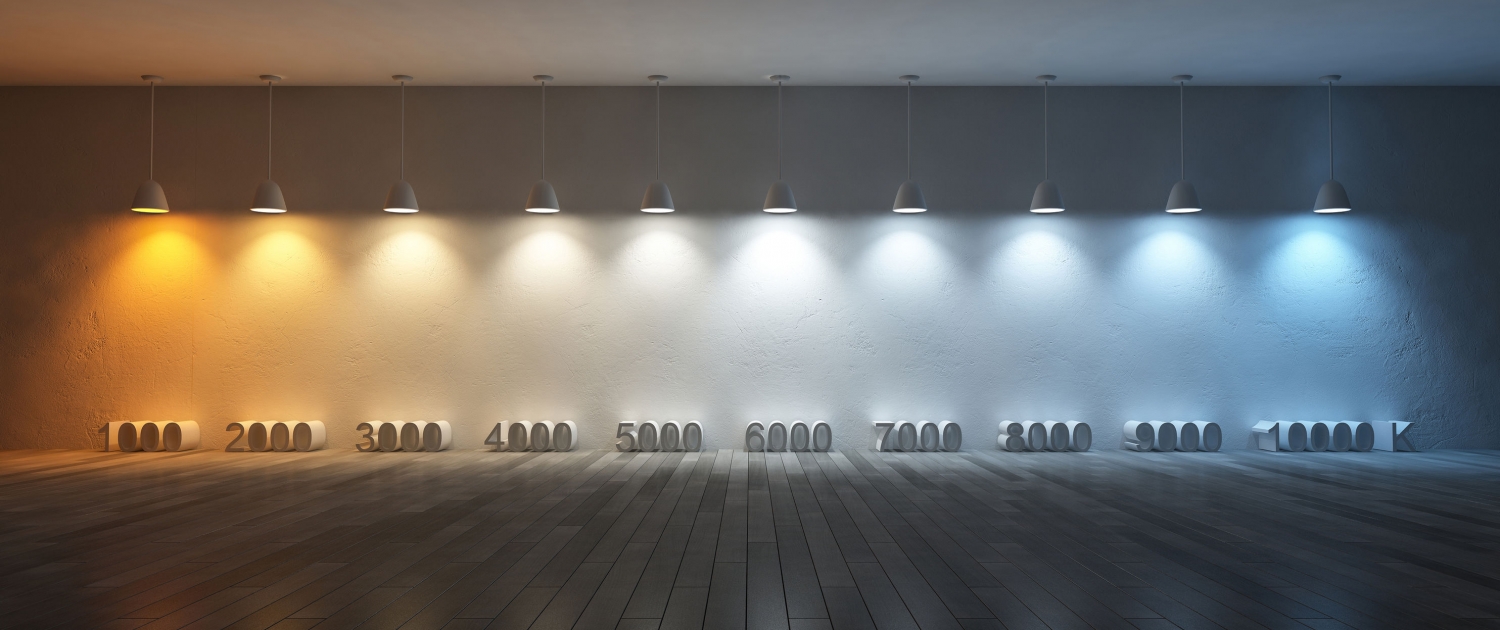3000k vs 4000k for living room lighting
When it comes to creating the perfect atmosphere in your living room, the right lighting is essential. And one of the most important factors to consider is the color temperature of your light bulbs. Two popular options for living room lighting are 3000k and 4000k. Let’s take a closer look at the differences and which one is better for your space.
Choosing the right color temperature for your living room
Before we dive into the differences between 3000k and 4000k, let’s first understand what color temperature is. It is a measurement of the color appearance of light, ranging from warm to cool. The lower the number, the warmer the light, and the higher the number, the cooler the light.
Best light bulbs for a cozy living room: 3000k or 4000k?
When it comes to creating a warm and inviting atmosphere in your living room, 3000k light bulbs are a popular choice. This color temperature gives off a warm, yellowish light similar to traditional incandescent bulbs. It creates a cozy and intimate feel, perfect for relaxing and spending time with family and friends.
On the other hand, 4000k light bulbs emit a cooler, whiter light that is closer to natural daylight. This color temperature is often preferred for task lighting, such as in kitchens or home offices, as it provides a brighter and more energizing light.
Comparing 3000k and 4000k LED lights for living room
When it comes to energy efficiency, both 3000k and 4000k LED lights are great options. They use significantly less energy than traditional incandescent bulbs and have a longer lifespan. However, 3000k LEDs are slightly more energy-efficient than 4000k LEDs, meaning they will save you a bit more on your electricity bill.
In terms of brightness, 4000k LEDs are slightly brighter than 3000k LEDs, making them a better option for task lighting. But for creating a warm and cozy living room, 3000k LEDs are the way to go.
How to create the perfect ambiance with 3000k or 4000k lighting in your living room
If you’re still unsure which color temperature to choose for your living room, consider combining both 3000k and 4000k lighting. You can use 3000k bulbs for general lighting and 4000k bulbs for task lighting, such as reading lamps or desk lamps.
Another option is to use dimmable LED bulbs that allow you to adjust the color temperature according to your needs. This way, you can have a warm and cozy living room during the day and a brighter and more energizing space at night.
3000k vs 4000k: Which is better for living room lighting?
Ultimately, the decision between 3000k and 4000k for your living room lighting comes down to personal preference. If you want a warm and cozy atmosphere, 3000k is the way to go. But if you prefer a brighter and more energizing space, 4000k may be the better option.
It’s also worth considering the color scheme and decor of your living room. If you have warm tones and cozy textures, 3000k lighting will complement them beautifully. But if your living room has a more modern and sleek design, 4000k lighting may be a better fit.
Understanding the difference between 3000k and 4000k for living room lighting
In summary, 3000k and 4000k are two different color temperatures that can create very different moods and atmospheres in your living room. 3000k is warm and cozy, while 4000k is bright and energizing.
When choosing between the two, consider your personal preferences, the design of your living room, and the activities that take place in the space. You may even want to experiment with a combination of both color temperatures to find the perfect balance of warmth and brightness.
Transform your living room with 3000k or 4000k LED bulbs
No matter which color temperature you choose, switching to LED bulbs can truly transform your living room. Not only are they energy-efficient and long-lasting, but they also come in a variety of styles and shapes to fit any lighting fixture.
So whether you want to create a cozy and intimate space with 3000k lighting or a bright and energizing room with 4000k lighting, LED bulbs are the way to go.
Choosing the right color temperature for your living room: 3000k or 4000k?
In the end, the decision of which color temperature to choose for your living room comes down to your personal preferences and the ambiance you want to create. Take into consideration your decor, activities in the space, and experiment with different combinations to find the perfect lighting for your living room.
How to achieve the perfect balance of warmth and brightness with 3000k or 4000k lighting in your living room
If you’re still unsure which color temperature to choose, keep in mind that you can always mix and match 3000k and 4000k lighting to create the perfect balance. Use 3000k bulbs for general lighting and 4000k bulbs for task lighting, or invest in dimmable LED bulbs to have the flexibility to adjust the color temperature as needed.
Ultimately, the most important thing is to create a living room that feels comfortable and inviting for you and your loved ones. With the right lighting, you can achieve just that. So go ahead and transform your living room with 3000k or 4000k lighting and see the difference it can make.
Why Choosing the Right Lighting Temperature is Crucial for Your Living Room

The Impact of Lighting Temperature on House Design
 When it comes to designing your living room, there are many elements to consider such as furniture, color scheme, and layout. However, one aspect that is often overlooked but has a significant impact on the overall ambiance of your living room is lighting temperature. The choice between
3000k or 4000k
for your living room may seem like a small decision, but it can make a big difference in the feel and functionality of the space.
When it comes to designing your living room, there are many elements to consider such as furniture, color scheme, and layout. However, one aspect that is often overlooked but has a significant impact on the overall ambiance of your living room is lighting temperature. The choice between
3000k or 4000k
for your living room may seem like a small decision, but it can make a big difference in the feel and functionality of the space.
Understanding Lighting Temperature
 Before we dive into the debate of
3000k versus 4000k
, it's essential to understand what lighting temperature means. The color temperature, measured in Kelvin (K), refers to the color of light produced by a light source. Lower temperatures produce a warm and cozy glow, while higher temperatures emit a cooler and more energizing light.
Before we dive into the debate of
3000k versus 4000k
, it's essential to understand what lighting temperature means. The color temperature, measured in Kelvin (K), refers to the color of light produced by a light source. Lower temperatures produce a warm and cozy glow, while higher temperatures emit a cooler and more energizing light.
The Ideal Lighting Temperature for Your Living Room
 The living room is a space where you relax, entertain, and spend quality time with loved ones. Therefore, it's crucial to choose a lighting temperature that creates a comfortable and inviting atmosphere. Generally, warm temperatures ranging from
2700k to 3000k
are recommended for living rooms as they promote relaxation and coziness. However, some homeowners prefer a cooler temperature for their living room, which is where the debate between
3000k and 4000k
comes into play.
The living room is a space where you relax, entertain, and spend quality time with loved ones. Therefore, it's crucial to choose a lighting temperature that creates a comfortable and inviting atmosphere. Generally, warm temperatures ranging from
2700k to 3000k
are recommended for living rooms as they promote relaxation and coziness. However, some homeowners prefer a cooler temperature for their living room, which is where the debate between
3000k and 4000k
comes into play.
3000k or 4000k: The Pros and Cons
 3000k
is closer to the color of natural sunlight, making it an excellent choice for spaces that receive less natural light. It also creates a warm and inviting atmosphere, perfect for cozy nights in. However,
3000k
may not be the best option if you use your living room as a workspace or for activities that require more focused lighting.
On the other hand,
4000k
produces a cooler and brighter light, making it ideal for task-oriented activities or as a general lighting source in a room. It also creates a more modern and sleek look, perfect for those who prefer a more contemporary style. However,
4000k
may not be the best choice for a cozy and relaxing living room environment.
3000k
is closer to the color of natural sunlight, making it an excellent choice for spaces that receive less natural light. It also creates a warm and inviting atmosphere, perfect for cozy nights in. However,
3000k
may not be the best option if you use your living room as a workspace or for activities that require more focused lighting.
On the other hand,
4000k
produces a cooler and brighter light, making it ideal for task-oriented activities or as a general lighting source in a room. It also creates a more modern and sleek look, perfect for those who prefer a more contemporary style. However,
4000k
may not be the best choice for a cozy and relaxing living room environment.
Final Thoughts
 Ultimately, the choice between
3000k or 4000k
for your living room comes down to personal preference and the intended use of the space. You can also consider using a combination of both temperatures by incorporating dimmable lights or using different sources of lighting. Whichever you choose, make sure to select a lighting temperature that complements your overall house design and creates the desired ambiance for your living room.
Ultimately, the choice between
3000k or 4000k
for your living room comes down to personal preference and the intended use of the space. You can also consider using a combination of both temperatures by incorporating dimmable lights or using different sources of lighting. Whichever you choose, make sure to select a lighting temperature that complements your overall house design and creates the desired ambiance for your living room.
In conclusion, lighting temperature is a crucial element in house design, especially for the living room. It can make or break the atmosphere and functionality of the space. So, take the time to consider your options and choose the lighting temperature that best suits your needs and personal style. Your living room will thank you for it.














































































:max_bytes(150000):strip_icc()/770_SantaYnez_FamilyRoom_011-82636c6ea1df487eb70fa8ed313a6369.jpg)


